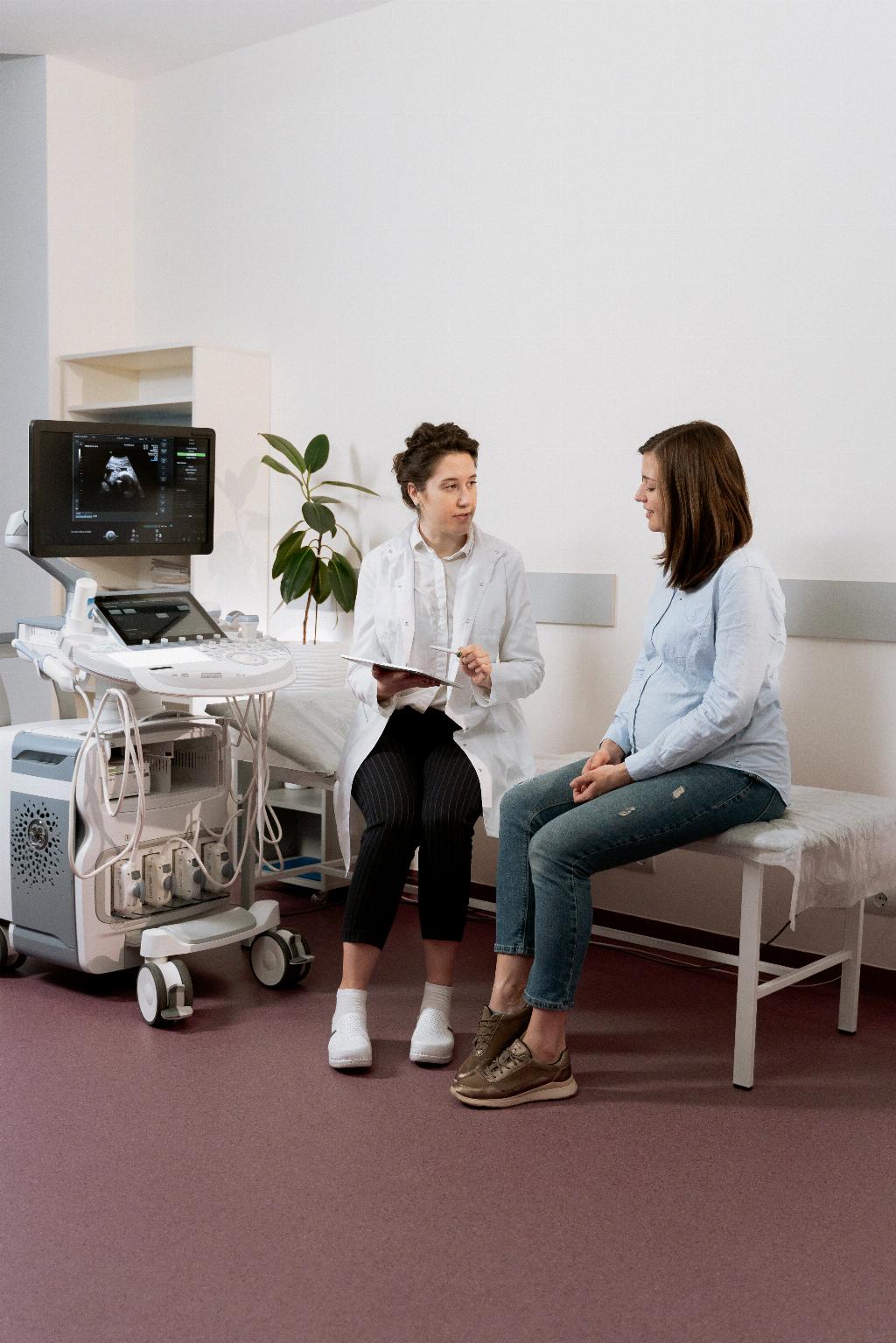When a woman becomes pregnant, her body undergoes incredible changes to support the growth and development of a new life. While many of these changes are temporary and revert to pre-pregnancy state after childbirth, some effects are permanent, altering the body in significant ways.
Breast Changes
One of the most noticeable permanent effects of pregnancy on the body is breast changes. During pregnancy, the breasts enlarge and prepare for lactation. Postpartum, many women experience a change in breast shape, size, and firmness due to hormonal fluctuations and breastfeeding. These changes can be lasting, even after weaning.
Stretch Marks and Loose Skin
Stretch marks and loose skin are common post-pregnancy concerns. As the abdomen stretches to accommodate the growing baby, the skin may lose elasticity, resulting in stretch marks and loose skin after delivery. While these changes may fade over time, they often remain as permanent reminders of the pregnancy.
Broader Hips and Pelvic Changes
During childbirth, the pelvic bones may shift and widen to facilitate the passage of the baby through the birth canal. This expansion can lead to broader hips, which may persist even after delivery. The ligaments in the pelvis can also remain slightly looser, impacting posture and movement.
Heavier Periods and Menstrual Changes
Many women report changes in their menstrual cycles post-pregnancy. Some may experience heavier periods, irregular cycles, or altered menstrual flow. These changes can be attributed to hormonal fluctuations and the body’s readjustment after childbirth.
Abdominal Muscle Separation
During pregnancy, the abdominal muscles stretch to accommodate the growing uterus. In some cases, this stretching can lead to diastasis recti, a condition where the abdominal muscles separate. While exercises can help improve muscle tone, the separation may remain, causing a visible bulge in the abdomen.
Metabolism and Weight Changes
Pregnancy can have a long-term impact on a woman’s metabolism and weight. Some women may find it challenging to lose pregnancy weight, leading to permanent changes in body composition. Hormonal shifts and lifestyle factors can further influence metabolism post-pregnancy.
Emotional and Psychological Effects
In addition to physical changes, pregnancy can also have lasting emotional and psychological effects on a woman. The demands of motherhood, hormonal imbalances, and sleep deprivation can contribute to mood changes, anxiety, and postpartum depression, affecting overall well-being.
Varicose Veins and Swollen Feet
Some women develop varicose veins and experience swelling in their feet and ankles during pregnancy. While these symptoms may improve after childbirth, they can persist in some cases, causing discomfort and aesthetic concerns in the long term.
Changes in Hair and Skin
Pregnancy hormones can impact hair growth and skin condition. Some women experience hair loss or changes in texture post-pregnancy, which may be permanent. Skin conditions like melasma (darkening of the skin) can also persist, requiring ongoing skincare management.
Joint Pain and Back Issues
The physical demands of pregnancy and childbirth can strain the joints and back, leading to long-term pain and discomfort for some women. Issues like sciatica, pelvic girdle pain, and lower back pain may persist post-pregnancy, affecting mobility and quality of life.
Conclusion
In conclusion, pregnancy brings about profound changes in a woman’s body, some of which are permanent. From breast alterations to pelvic shifts and metabolic changes, the effects of pregnancy extend beyond the nine months of gestation. Understanding these long-term impacts can help women navigate post-pregnancy changes and embrace the transformative journey of motherhood.

